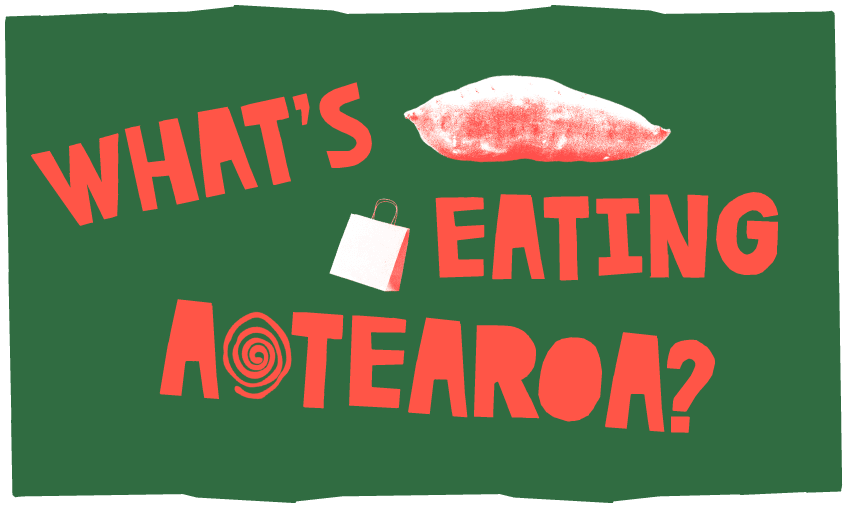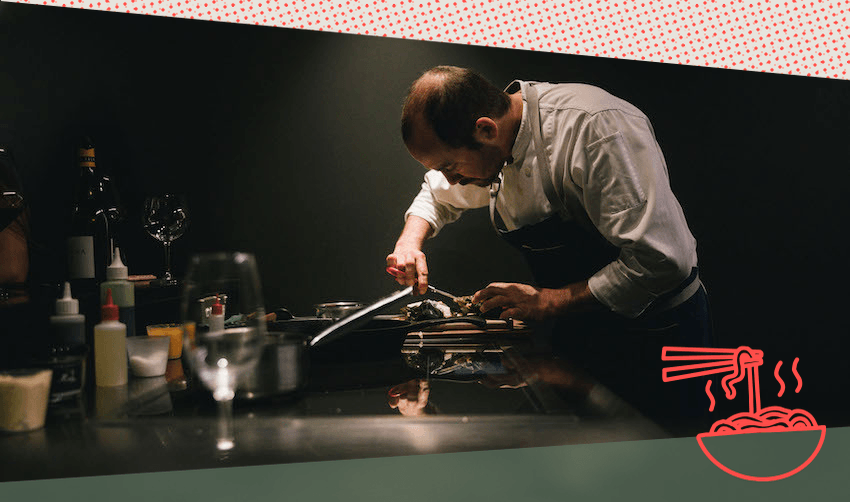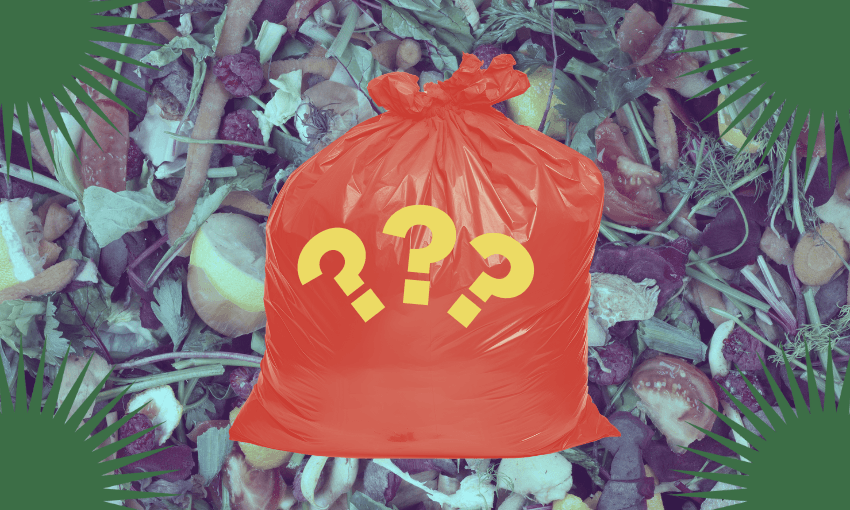Today The Spinoff is launching an ambitious fundraising campaign to support an equally ambitious new editorial project for 2024. Editor Madeleine Chapman explains why we’re doing it, and why we need your help.
For the past six months we’ve run The Cost of Being, a weekly insight into a random New Zealander’s relationship with money and spending. The series has been hugely popular, and unsurprisingly so: of course we’re all curious about how everyone else is handling the current economic climate. Some have been fun to read, with tales of bargain hunting for fancy olives and nefarious activities. Others have been heartbreaking, with grim detailing of life within New Zealand’s welfare system (hint: it’s very hard to survive).
What we’ve found while compiling the series is that the vast majority of people’s lives, both financial and otherwise, revolve around food. We spend huge chunks of our weekly pay on groceries, and when we want to feel treated or to socialise, we pay for other people’s cooking. We spend a lot of time (rightfully) complaining about the cost of basic ingredients, and suspicious of any supermarket that claims to be “for the people”. When we look at global trends, it’s clear that diet culture and “thin is in” has well and truly returned, while every YouTube influencer under the sun is selling branded food products targeted at children.
Food is everywhere and inescapable, which is why we at The Spinoff are launching an ambitious fundraising campaign to support an equally ambitious new editorial project: What’s eating Aotearoa?
Next year will be 40 years since Rogernomics fundamentally changed agriculture in this country. Food costs four times as much now as it did back then. Where and how we’re living has changed our diets. Climate change is set to alter them again.
With a brand new government set to be announced today after a long election campaign centred around the cost of living, there’ll be a lot of threads to follow in 2024. We want to pull all of them.
We want to spend 2024 focused on all the ways food intersects culture, business and climate change. From the supermarket duopoly to local producers to the hospitality sector to the conditions that lead to food poverty, from liquor licensing to diet culture and government reform to gastronomical delight.
Food is at the heart of our most joyful moments, and yet, it’s a source of anxiety and shame for many.
What’s eating Aotearoa will be an ambitious editorial project focused on producing longform and accessible journalism.
We need your help to raise $75,000 on PledgeMe, with an initial goal of $50,000.
We’ve got the whole team around the table to create rewards to thank you for any support you can give us. Exclusive access, opportunities, rare Spinoff merch and recommendations. Whether you’re after a lunch with Duncan Greive, a hamper of snacks ranked by me, a beer list curated by Alice Neville or a vintage Spinoff tea towel (circa 2019), there should be something for most, if not all, Spinoff fans.
Kai is in The Spinoff’s DNA, from my rankings to our in-depth reporting on the bread-and-butter issues of New Zealand politics. Our storytelling on subjects like sexual abuse, forgotten sports heroes, local communities, consumer affairs and politics is award-winning. Most importantly, it’s firmly based right here, in Aotearoa.
Longform journalism takes time and investment. It’s hard to produce and find support for. We want our writers to be able to travel throughout the country to find the stories that matter. It takes a team to craft and create work of high quality, and we want to make sure it reaches as many of you as possible.
Of all the rewards, perhaps the one I like the most is us putting your name on a page on The Spinoff for as long as we live. Our eternal gratitude to all who can help us investigate What’s eating Aotearoa.





